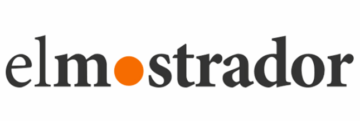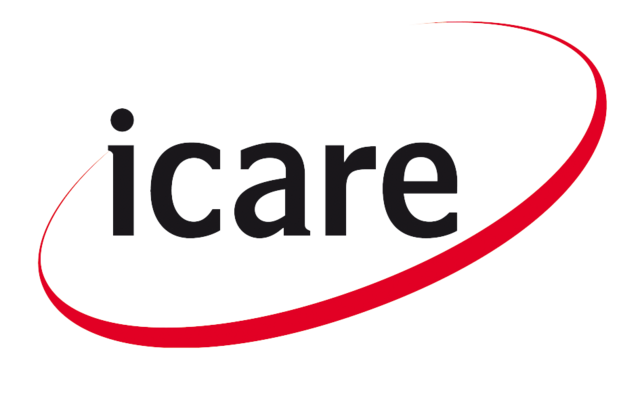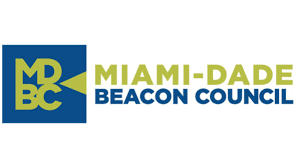
Money laundering has gained prominence in recent years, taking center stage in several scandals that have shaken Chilean society. Envelope payments, fake invoices, the creation of shell companies, or the use of front men are just some of the tactics used to disguise dirty money and give it a false appearance of legitimacy.
This crime, once associated exclusively with organized crime and drug trafficking, has evolved, now connecting with economic crimes and corruption cases involving both public and private institutions. These include tax fraud, smuggling, embezzlement, and bribery—demonstrating the crime’s wide scope and impact across all sectors.
A recent study by the Financial Action Task Force of Latin America (GAFILAT) revealed that corruption and money laundering are closely linked, having a “symbiotic relationship” that reinforces both. While corruption facilitates money laundering by generating illicit funds and weakening institutions, money laundering enables the legitimization of those corrupt proceeds. The report emphasizes that understanding this strong connection is a crucial first step in developing tools to implement effective policies that break this vicious cycle.
To make matters worse, criminal organizations are becoming increasingly sophisticated, making it harder to trace illicit funds and allowing them to infiltrate the formal economy. A striking example is the rise of barbershops suspected of being fronts for laundering money. Comptroller Dorothy Pérez has called for increased oversight of their business licenses and capital declarations to help detect potential red flags.
This phenomenon prompts us to reflect: how many times have we unknowingly helped a money launderer carry out their operation? For example, by allowing transactions without verifying their origin or selling a valuable asset in exchange for cash without questioning where it came from.
The consequences of money laundering are numerous. One of the most immediate is the erosion of institutional credibility, which in turn affects the competitiveness and stability of the national economy. This increases pressure on regulators and companies to prevent and monitor more effectively.
According to Chile’s Investigative Police (PDI), over 3.7 billion pesos in illicit funds were seized in the first half of 2024—surpassing the 2.737 billion pesos confiscated during all of 2019. Meanwhile, the Financial Analysis Unit (UAF) has reported a significant increase in investigations, Suspicious Transaction Reports (STRs), and audits. These figures reflect a stronger push for control, but also reveal the growing magnitude of the problem.
A national effort is underway with the Third Action Plan of the National Strategy to Prevent and Combat Money Laundering and the Financing of Terrorism, launched one year ago. It involves various national institutions and includes 54 commitments with goals through 2027, ranging from risk identification to training and interagency cooperation. Additionally, new bills have been introduced, such as the National Register of Beneficial Owners and a law to implement an Economic Intelligence Subsystem. Both were submitted in 2023 and aim to strengthen the investigative tools of the Internal Revenue Service (SII), Customs, and the UAF to detect suspicious activities better.
But since laws and state measures alone are not enough, it is essential that organizations understand that the fight against money laundering starts at home. The first step is to implement strong, regularly monitored compliance programs to protect corporate reputation and avoid being involved—whether by action or omission—in this crime.
Due diligence is key to thoroughly understanding who a company does business with—whether clients, suppliers, or strategic partners—by identifying the individuals behind the company and the origin of their funds. Companies must also establish clear policies on client acceptance, traceability, and cross-checking mechanisms to verify information, set up checks and balances, and ensure transparency. In addition, large cash payments should be avoided.
Written policies mean little if employees don’t know or commit to them. That’s why creating a culture of integrity is just as important as having the proper controls. Raising awareness among teams about these risks makes prevention the first line of defense against corruption—and thus against money laundering.
Fighting this problem requires more than laws—it demands effective public–private collaboration. Good intentions are not enough; what’s needed is real action and commitment from each of us, because anyone can unknowingly become an accomplice by allowing dirty money to be disguised as legal—threatening the integrity of our institutions, our economy, and public trust.
By Susana Sierra
Originally published in La Tercera










